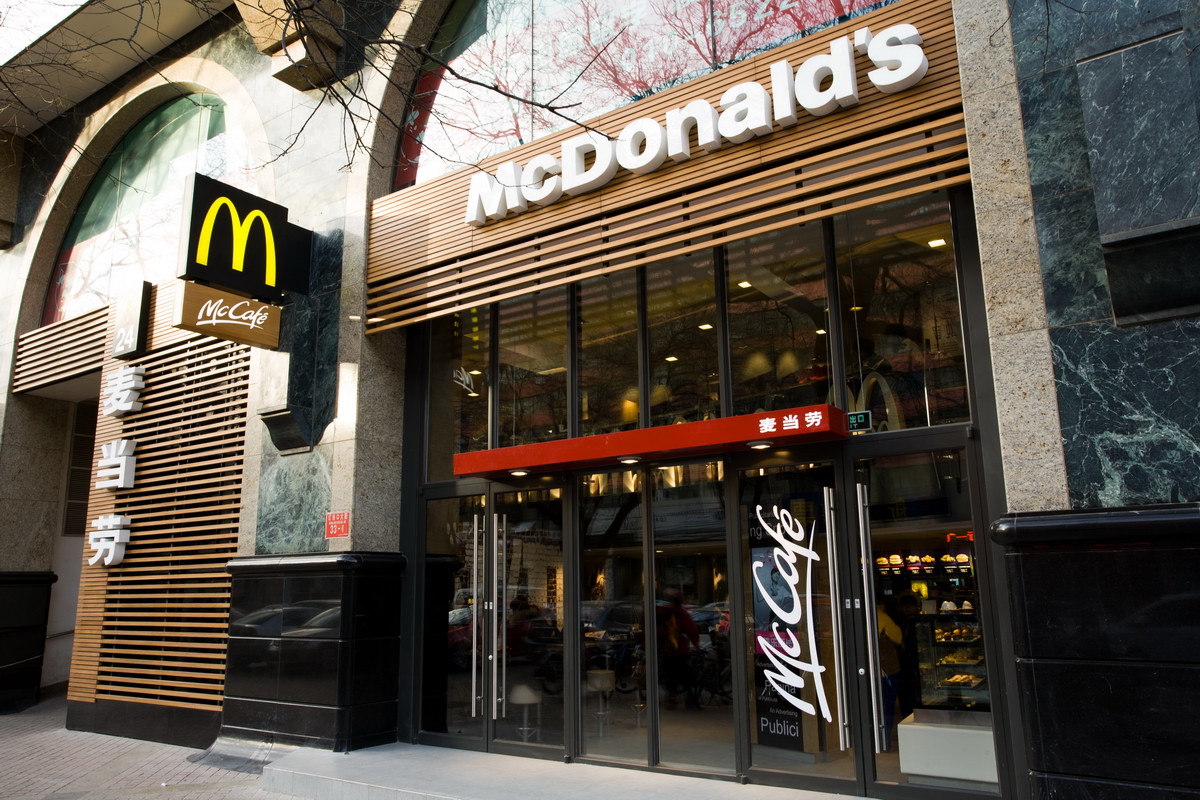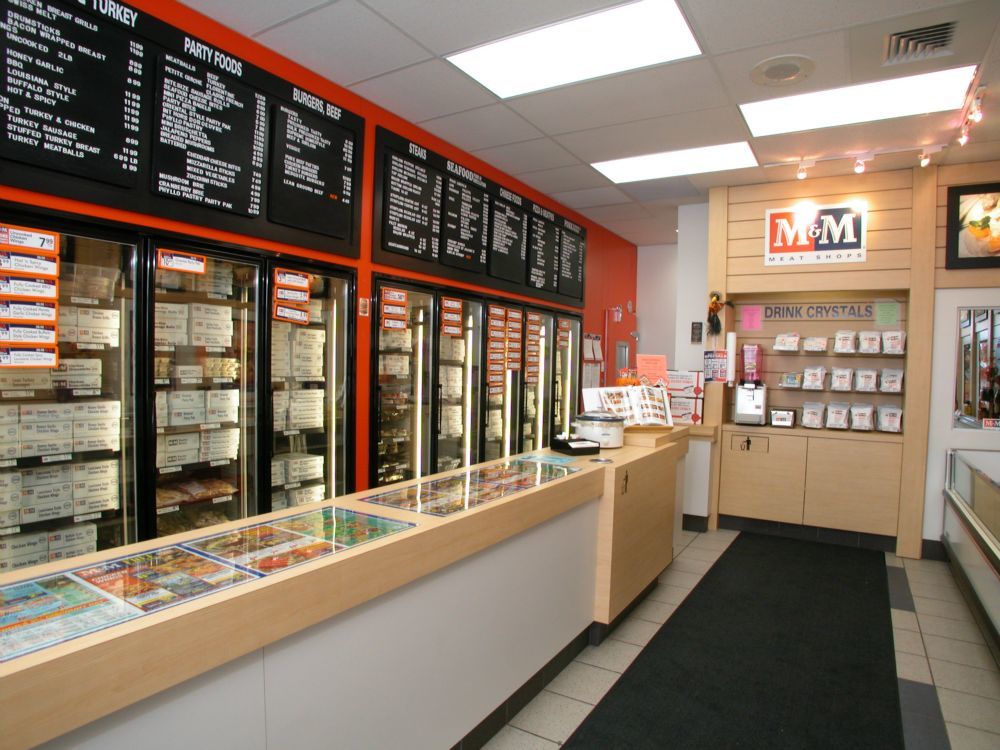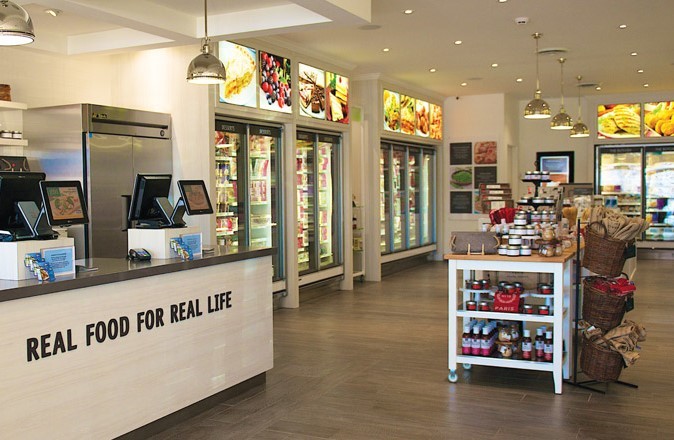6 Franchise Secrets You Should Steal to Create Winning Proposals
Published: October 2, 2018Updated: January 6, 2025

Franchise businesses include some of the most well-known brand names worldwide. What are their secrets to success? And how can you use them to enhance your own process and create better proposals?
When you think about franchising, you probably think about pizza, not proposals.
Sometimes more commonly referred to as chains, franchising is a method of doing business in which a person is granted the rights to run a business using the systems, processes, branding, and expertise of an existing concept.
We all encounter franchises while going about our day-to-day lives. While many people think of franchising as fast food, there are dozens of other industries and sectors in which franchising plays a role.
People in the franchise industry like to say that the relationship between a franchisor (the company) and the franchisee (the individuals who buy into the franchise) is more like a marriage.
In a franchise relationship, there are rights and obligations that both sides agree to. All the plans, the pros and cons, and what each side is bringing to and receiving from the union should be discussed before signing on the dotted line.
A great proposal does a similar thing. It’s proposing a business ‘marriage’ between your company and your client.
It explains why your business offers an ideal solution for whatever pain point they’re experiencing. It outlines, in detail, all the particulars, so there are no surprises once they’ve clicked the e-signature links and you’ve both said “I do.”
Franchising + proposals = success
A successful proposal and a franchised business have more in common than you’d think. Let’s take a look at how you can use ideas from franchising to strengthen your business proposals.
1. Customize where it has the most impact
In franchising, some adaptation may be needed to fit into the local market, but the core of the concept remains intact. For example, McDonald’s might tweak its menu for local tastes and ingredient availability. They don’t, however, change up their instantly recognizable ‘golden arches’ M logo, even in markets that don’t use the Latin alphabet.

Identify the sections of your proposal where it makes the most sense to spend time customizing. Customization becomes much easier once you’ve figured out which areas you’ll keep the same from proposal to proposal and which ones will be tailored each time.
Templating and creating boilerplates for the more static sections saves time, which you can then use to customize other sections. Information that only needs to be updated periodically, like your team bios and photos or your case studies, can be created once and reused over and over. Using online proposal software like Proposify can streamline this whole process, as you can store these and other digital pieces of content in an accessible asset library.
Now that you’ve freed up some extra hands-on time with your proposals, focus the bulk of the customization on things that are going to directly influence the recipient’s decision. Figure out what matters most to each prospective client and spend time making those sections show-stopping. Maybe it’s providing a minutely-detailed statement of work or providing them with a few different options for how to apply their budget.
2. Stand out from the competition
Take a look at any category of franchised business and there’s sure to be some competition. Foodservice franchises are especially competitive, as they vie for market share and prime franchisees. Elements that help them stand out from the crowd—unique branding, recognizable design, an interesting voice or tone to their marketing—attract the type of customers they want.
For example, PropertyGuys.com, a sold-by-owner real estate franchise, made a crucial change to stand out. After noticing that most agents use traditional rectangular for-sale signs, they switched to a circular design for their lawn signs. It’s a small detail that provides them with big visibility in a crowded market.

While making your proposal circular might not be manageable, think about how you can innovate and make yours stand out among competing offers. What would grab recipients’ attention? Maybe instead of a traditional ‘About Us’ section, you embed a short video that introduces key team members or a QR code that leads them to an interactive website highlighting key features about your offerings that set you apart from your competition.
Think about how can you add value. Know your unique selling proposition and make sure it’s clearly explained in your proposal. Make it easy for leads to say yes to you.
3. Show a track record of success
Franchisees are attracted to the franchise business model because it offers a tried-and-tested concept. There’s no ‘reinvention of the wheel’ going on. In franchising, each concept has been honed over time, creating a loyal following of customers and franchisees and a track record of success.
This is important to remember as you put your proposal together. You don’t have to be everything to everyone, but you should be great at what you do. Find your niche and really hone it.
When they are doing their due diligence, prospective franchisees are encouraged to speak with existing owners to get a real-world understanding of what running the business would be like.
In a proposal, of course, you should talk up your product or service. But wouldn’t it be more effective to have satisfied customers do it for you?
Ask your happiest customers if you can use them as case studies. Be strategic about the questions you ask them. Focus on the problems they had and how your solution solved them.
Try to get them to be specific. A quote like “With our website redesign, our web traffic increased by 300% and conversions went up 30% year-over-year.” is much more powerful than simply, “We love our new website!”
Put together quotes, blurbs, or short articles you can include in your proposals. If possible, interview a range of customers for your case studies, so you can pull the most relevant ones into each proposal.
4. Rely on your team
In franchising, it’s advised to build a team of experts. For example, a prospective franchisee will likely need an accountant to help them figure out how much they can invest; a banker to assist with financing; a franchise lawyer to go over all the contracts; and so on.
Proposals will require input from a team, which may be internal or external. You’ll need subject matter experts giving their input on the project, costing experts ensuring the pricing is structured efficiently, and legal experts to create or review any legally binding sections, like contracts or terms and conditions. And, you’ll need someone to write persuasive proposal copy.
You’ll get more proposals out the door faster when you have well-defined roles for your proposal creation team members. Online proposal software gives your team a centralized place to collaborate on proposals, without emailing versions of a Word doc back and forth.
5. Make consistency simple
Consistency is the cornerstone of franchising. People know that when they stop by a franchise location they’re going to get the same experience, whether it’s in New York, Newcastle, or New Delhi.
It’s why most franchises offer operations manuals for their franchisees, which outline how to provide a consistent experience. The manuals touch on everything from how to prepare and present a meal to what can and can’t be included on signage.
The best way to maintain consistency is to make it easy. Like the manuals a franchisee receives, having all your proposal templates, text, images, and so on in one place and accessible by your whole team, keeps the quality of your proposals consistent.
6. Evolve based on feedback
In addition to customization, franchises also have to evolve to meet the needs of their target markets. Like any other business, staying stagnant can be the kiss of death.
Many franchises have corporate or test locations where they try out new things and get feedback. They also get input from franchisees, who are on the front lines interacting with customers every day.
M&M Food Markets is a Canadian frozen food retailer that’s been around since the ‘80s. They recently refreshed the brand with healthier ingredients and a new store design to reflect their updated product mix.


Though you might not need to overhaul your entire brand based on reaction to your proposals, the feedback you receive is still powerful.
If you use proposal software and can track proposal metrics, watch where people are spending time. Is it on the sections where you want them to? Are they spending too much time in certain places and getting stuck? Maybe that section needs to be refined or expanded.
If your proposal received a yes, keep doing more of that. If your proposal returned a no, don’t just leave it at that. Find out what kind of no it is. Most people don’t enjoy saying no, so they might be open to elaborating on why.
If it’s because the timing isn’t right, your proposal likely wasn’t going to fix that. If it’s because they’re unsure about your solution or your pricing, you have an opportunity to clear that up for them and make changes to your proposal content and structure to avoid that miscommunication next time.
Franchising and proposals are all about building relationships. By customizing strategically, emphasizing your unique value, showing off your success, having an amazing team, making consistency a priority, and adapting based on feedback, you can use the secrets of franchising to create more winning proposals.


